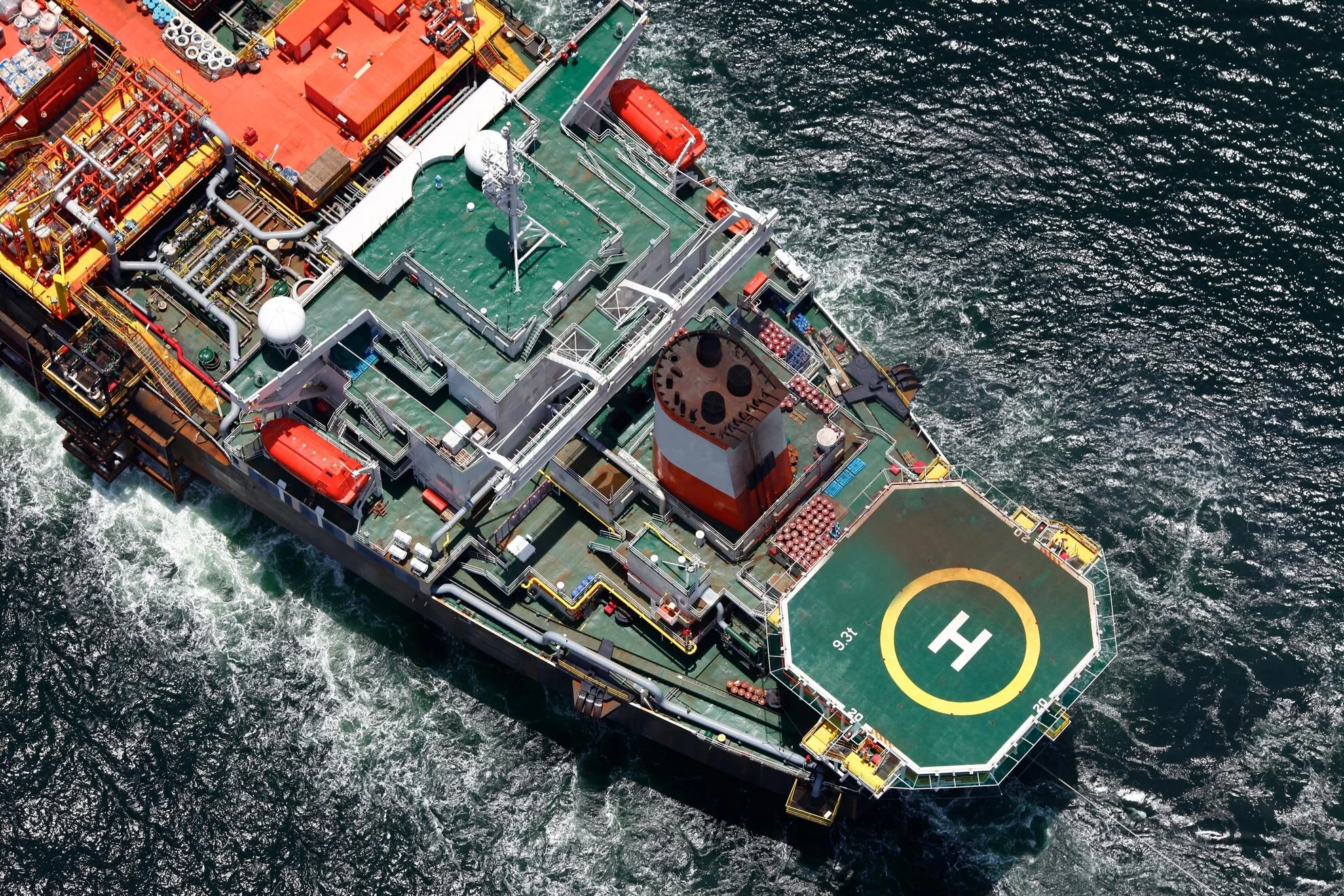
Project Experiences & Successes
Search by Blog Tags
- Asset Integrity 18
- Blockage Remediation 5
- BlueFin 7
- CAPEX 4
- Chemical Systems 6
- Cold Cutting 1
- Commissioning 48
- Controlled Bolting 5
- Decarbonization 1
- Downstream 4
- Drilling 1
- Engineering 20
- Field Machining 1
- Filtration 1
- Flow Assurance 15
- Frac & Stimulation 1
- GATE Energy 14
- GATE Prho 5
- Hydrostatic Pressure Testing 14
- Industrial Field Services 9
- Integrity Management 13
- LiquiGel® 8
- Materials Corrosion and Integrity Support 4
- Midstream 2
- OPEX 23
- Oil & Gas 86
- Onshore Pipeline 2
- Onshore Production 5
- Operations Readiness 3
- PME 14
- Pipeline Cleaning 25
- Pipeline Decommissioning 5
- Pipeline Field Services 36
- Pneumatic Leak Testing 5
- Process Facilities 10
- Project Facilities 43
- QA-TPI 1
- Refinery & Plant 9
- SafeHeat 1
- Specialty Field Services 7
- Subsea 14
- Subsurface 13
- Topsides 3
- Upstream 20
- Viking Lab 1
- Water Injection 8
- Water Treatment & Filtration 2
- Well Engineering 16
- eelReel 8
Steam Plant Piping Corrosion
A steam generating plant supporting an associated thermal recovery project in the Middle East was experiencing through-wall corrosion of carbon steel lines. In some locations this was aggressive enough to corrode through replacement piping in as little as two months.
Global, Comprehensive Materials, Corrosion & Integrity Support
A client operating domestically and internationally needed expert technical support for materials and corrosion control. Their senior management came to Viking for a proposal to provide a variety of consultancy services to cover the following essential needs: materials selection, failure analysis, corrosion monitoring, technical assurance for procurement, and risk assessment.
Onshore Asset Integrity Management
GATE was consulted to identify the source of unexpected levels of H2S that had been detected in the central processing facility. Ultimately, GATE was able to determine that multiple operational issues needed to be addressed to mitigate the high levels of H2S in the processing facility, rather than the H2S naturally occurring in the reservoir.
Inspection Plan Development For Mothballed Equipment
A South American operator developed plans to return a sulfur recovery unit to service after an initial ten years of service and a further ten years of mothballing due to changes in field production requirements.
The corrosive nature of molten sulfur, carbon dioxide and hydrogen sulfide in the unit, coupled with the expectation of a less than optimum preservation strategy in a littoral offshore environment, generated a large set of integrity risks that needed to be evaluated to determine the feasibility of repairing and reinstating the system for a further ten years of service.
